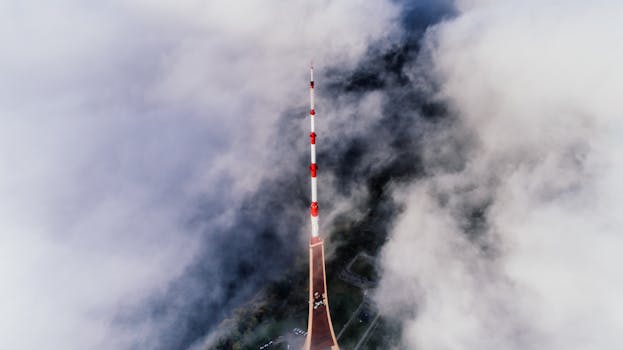GEO Satellites: Understanding the Technology and Its Applications
GEO satellites, or Geostationary Earth Orbit satellites, are a type of satellite that orbits the Earth at an altitude of approximately 36,000 kilometers. They are called geostationary because they appear to be stationary in the sky, as they orbit the Earth at the same speed as the Earth’s rotation. This allows them to maintain a fixed position relative to a specific point on the Earth’s surface, making them ideal for a wide range of applications.
GEO satellites have been used for decades, with the first geostationary satellite, Syncom 2, launched in 1963. Since then, thousands of GEO satellites have been launched, providing a wide range of services including television broadcasting, telecommunications, and weather forecasting. In this article, we will explore the technology behind GEO satellites and their various applications.
How GEO Satellites Work
GEO satellites are designed to operate in the geostationary orbit, which is a circular orbit around the Earth at an altitude of approximately 36,000 kilometers. At this altitude, the satellites orbit the Earth at the same speed as the Earth’s rotation, which is approximately 1,674 kilometers per hour. This allows them to maintain a fixed position relative to a specific point on the Earth’s surface.
The satellites are equipped with a range of instruments, including transponders, which are used to receive and transmit signals. The transponders are connected to a range of antennas, which are used to receive and transmit signals to and from the Earth. The satellites also have a range of propulsion systems, which are used to maintain their position in orbit and to make any necessary adjustments.
Applications of GEO Satellites
GEO satellites have a wide range of applications, including television broadcasting, telecommunications, and weather forecasting. They are also used for a range of other purposes, including navigation, remote sensing, and scientific research.
One of the most common applications of GEO satellites is television broadcasting. Many television channels are broadcast via GEO satellites, which allow them to reach a wide audience. The satellites are used to transmit the television signal from the broadcaster to the viewer, providing a high-quality signal that can be received by anyone with a satellite dish.
GEO satellites are also used for telecommunications, providing a range of services including telephone, internet, and data transmission. They are used to connect remote or underserved areas to the rest of the world, providing access to a range of services that would otherwise be unavailable.
Weather forecasting is another important application of GEO satellites. They are used to monitor the weather and provide forecasts, which are essential for a range of industries, including aviation, shipping, and agriculture. The satellites are equipped with a range of instruments, including cameras and sensors, which are used to monitor the weather and provide detailed forecasts.
Benefits and Challenges of GEO Satellites
GEO satellites have a number of benefits, including their ability to provide a wide range of services to a large audience. They are also relatively low-cost, compared to other types of satellites, and can be launched using a range of launch vehicles.
However, GEO satellites also have a number of challenges. One of the main challenges is the risk of collisions, which can occur when two or more satellites are in the same orbit. This can cause significant damage to the satellites and can also create a large amount of debris, which can be a hazard to other satellites and spacecraft.
Another challenge is the limited availability of orbital slots, which can make it difficult to launch new satellites. The orbital slots are limited, and the demand for them is high, which can make it difficult to find a slot that is available.
Conclusion
In conclusion, GEO satellites play a crucial role in modern telecommunications, providing a wide range of services including television broadcasting, telecommunications, and weather forecasting. They are an essential part of our daily lives, and their applications continue to grow and expand. While there are challenges associated with GEO satellites, including the risk of collisions and the limited availability of orbital slots, they remain a vital part of our telecommunications infrastructure.
